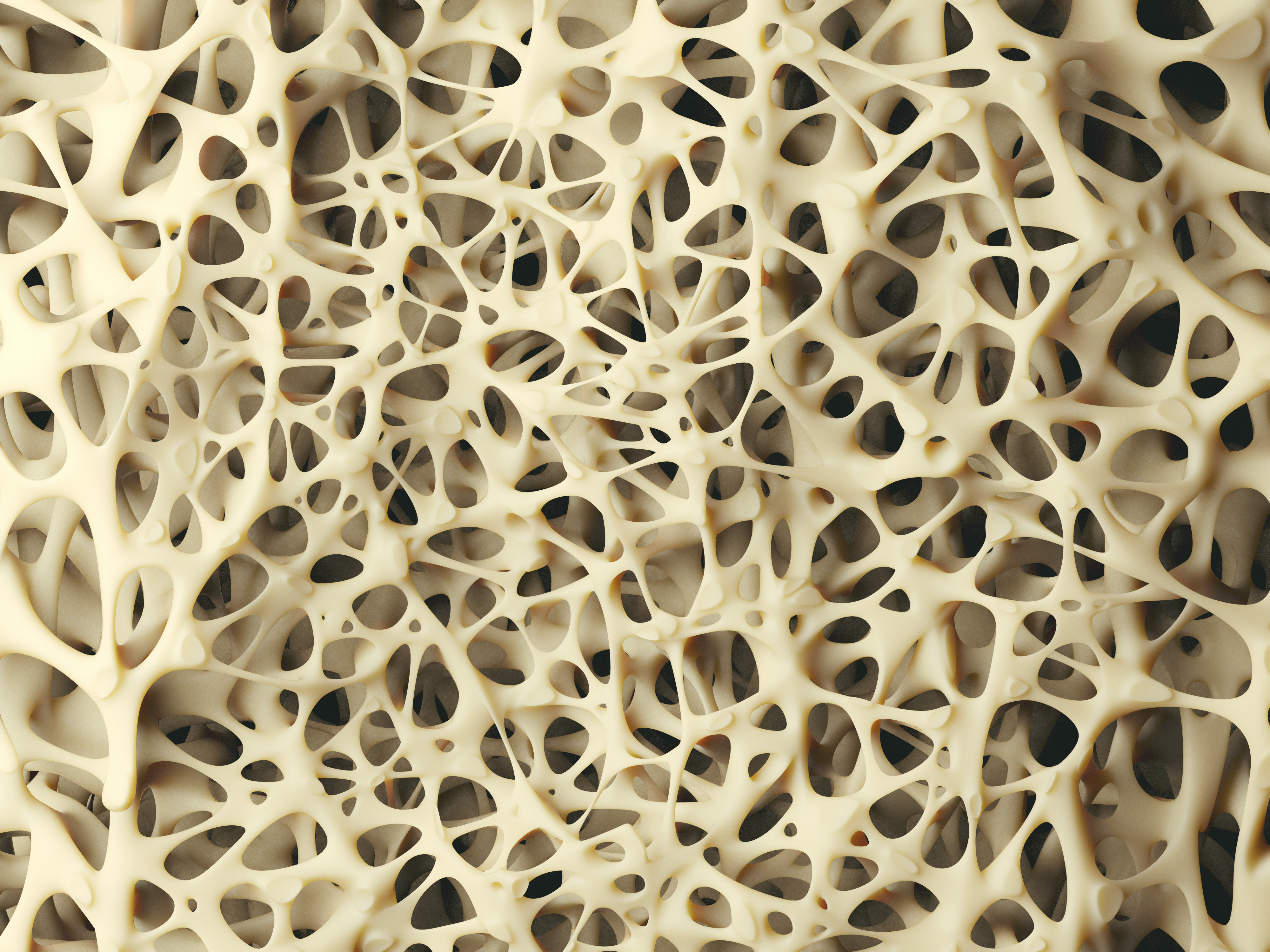
The natural small-molecule compound dihydroartemisinin, often used as an antimalarial drug, may maintain the stemness of bone marrow mesenchymal stem cells in patients with osteoporosis, according to a recent study published by Wang et al in ACS Central Science. Researchers explained that bone diseases like osteoporosis may impair stemness and limit its functionality in bone tissue engineering. In the study, researchers used a deep learning–based efficacy prediction system and bone tissue sequencing to identify treatments capable of maintaining stemness, which is critical for bone homeostasis and regeneration. After long-term in vitro expansion, they found that dihydroartemisinin preserved characteristics of bone marrow mesenchymal stem cell stemness such as self-renewal and unbiased differentiation. Further, in an osteoporosis mouse model, the researchers administered dihydroartemisinin orally and demonstrated that the agent restored femur trabecular structure, bone density, and stemness in situ. In in vivo and in vitro models, dihydroartemisinin may maintain stemness by promoting histone 3 lysine 9 acetylation through general control nondepressible 5 activation. Additionally, the researchers noted that administering the agent via bone-targeted delivery with mesoporous silica nanoparticles may improve its efficacy. The researchers concluded that dihydroartemisinin may have the potential to reverse bone loss in patients with osteoporosis.